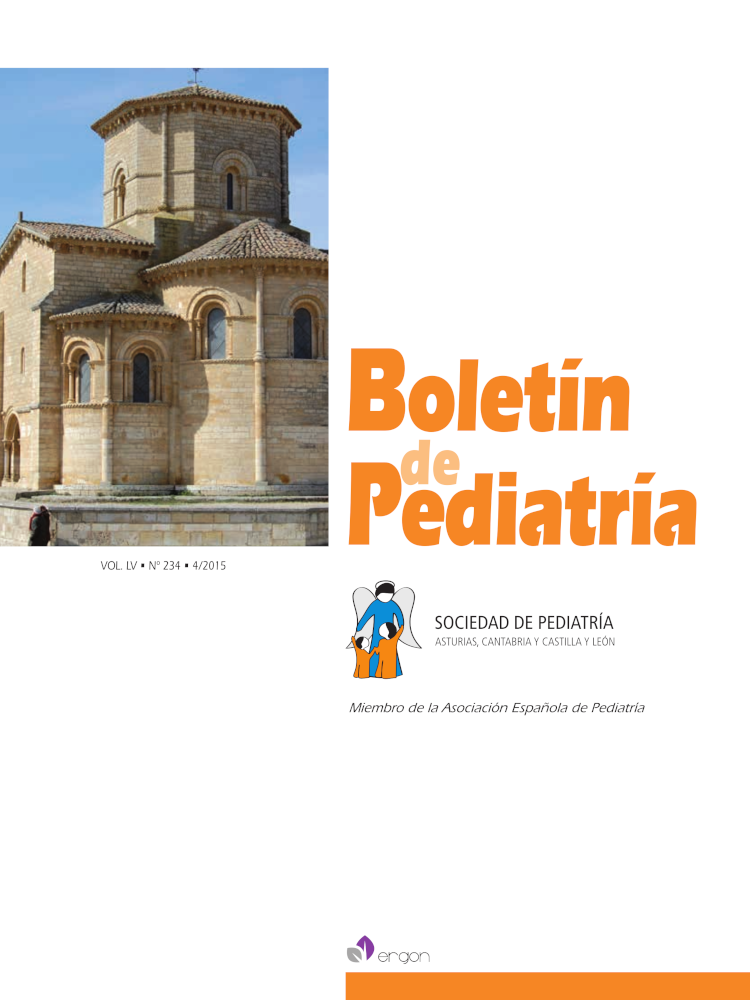Abstract
Introduction. Gross hematuria is a reason for consultation which, although rare, is alarming for parents, and the diagnosis represents a challenge for the pediatrician, due to the different renal and extra-renal causes. Material and methods. Retrospective, observational and descriptive study of the cases of gross hematuria in the Department of Pediatric Nephrology of the Healthcare Complex of Salamanca from January 2008 to July 2014. The study analyzes the clinical and epidemiological characteristics of each case as well as their diagnostic orientation. Results. The sample of the study was 40 patients. 75% of them were referred from emergency, and the rest from Primary Care and other departments. 23 patients (57.5%) were classified with macrohematuria of glomerular origin: 10 of them had a probable acute post-infectious glomerulonephritis (GN), 6 had a probably IgA nephropathy, and 7 showed a probable Henoch-Schönlein purpura (HSP). In the cases of acute GN, the etiology was confirmed in 3 with streptococcal pharyngoamigdalitis and one with pneumonia by Mycoplasma pneumoniae. 17.5% cases (7 patients) was classified as non-glomerular hematuria, and in 25% (10 children), no diagnosis was reached. Conclusions. When faced with an episode of gross hematuria, it is important to ascertain whether it has a glomerular or non-glomerular origin, with an detailed history, physical examination and complementary test depending on the clinical findings. Study the morphology of red blood cells in urine analysis is an easy, non-invasive and useful test, in the orientation of a diagnosis. No diagnosis was reached in 25% of the patients of our review.

This work is licensed under a Creative Commons Attribution-NonCommercial 4.0 International License.
Copyright (c) 2015 Boletín de Pediatría
